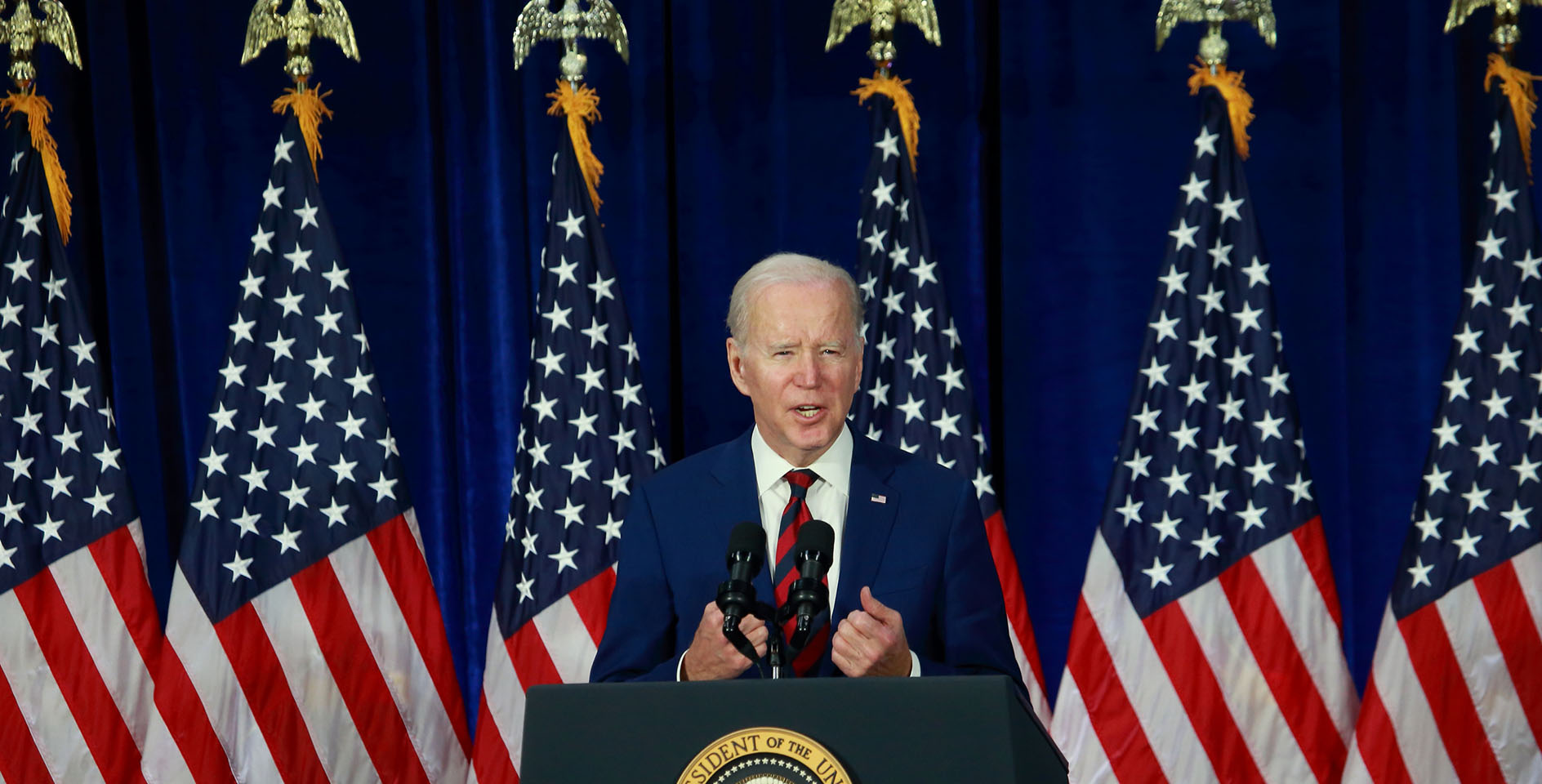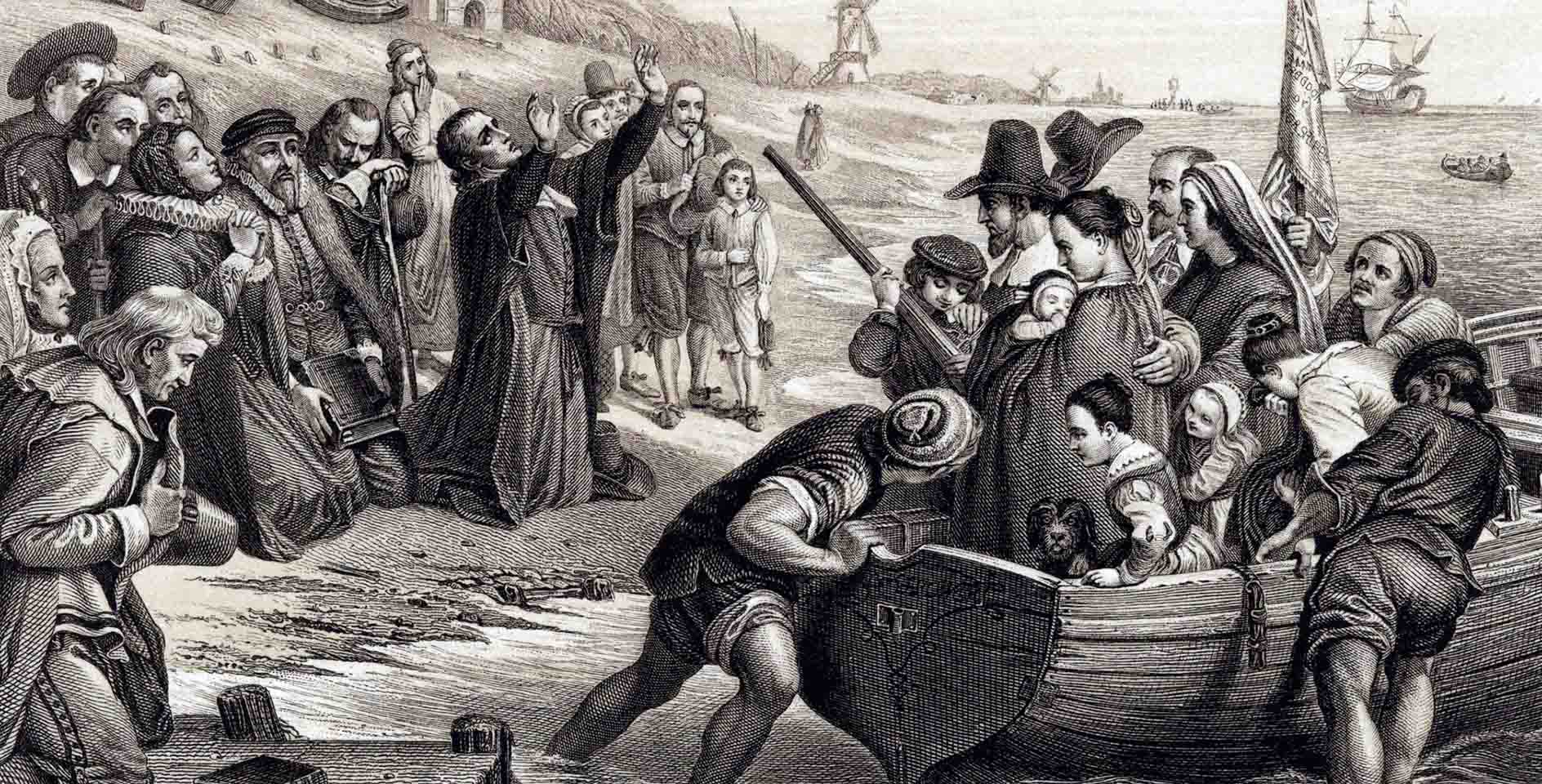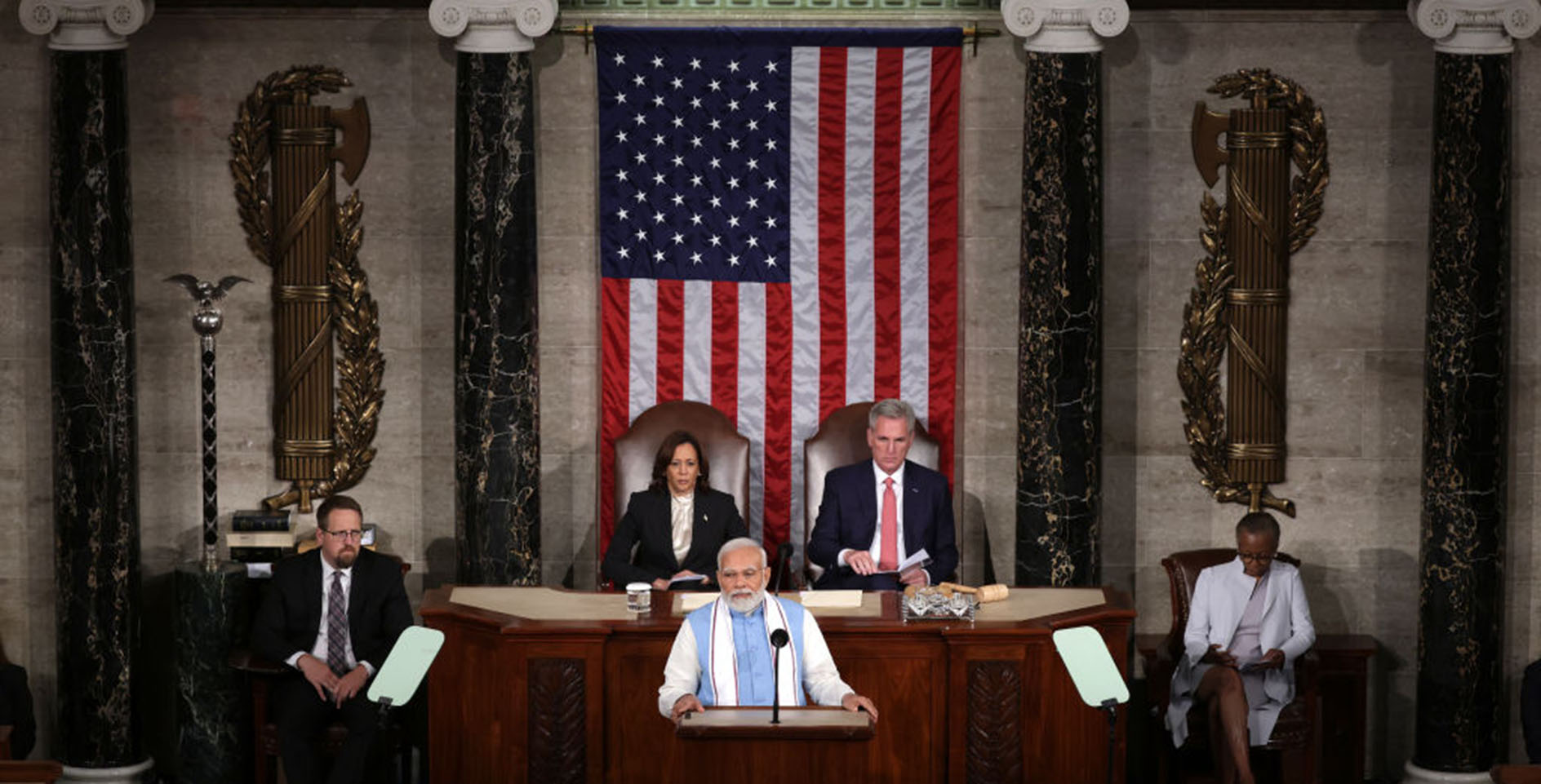The Supreme Court’s 7-2 ruling for Trinity Lutheran Church in Trinity Lutheran Church of Columbia v. Comer is a monumental decision that will have implications for years to come. Interestingly, even left-of-center Justices Kagan and Breyer sided with the majority, holding that Missouri’s blanket constitutional ban of any government funds to religious institutions was unconstitutional. Understanding the future implications of Trinity is vital for religious organizations.
"Play in the Joints"
But it is impossible to see the significance of Trinity Lutheran without understanding the Court’s 2004 decision in Locke v. Davey. In that case, the State of Washington had established a fund to assist eligible students with college scholarships. The scholarships could be used for any fields of study, except for those that pursuing a degree in religious devotion. Joshua Davey, a student who was awarded the scholarship, challenged the state’s restriction on religious instruction when he was denied the scholarship after deciding to pursue a degree in pastoral ministries.
The Court considered the two religion clauses in the First Amendment: the Establishment and the Free Exercise Clauses. The Establishment Clause prohibits the establishment of a religion by the government, while the Free Exercise Clause restricts the government from unreasonably prohibiting an individual from practicing their faith.
The Court held that the state could restrict the funds from going to Davey because the state’s restriction did not violate Davey’s free exercise rights. At the same time, the Court noted that the state’s restriction was not compelled by the Establishment Clause, that is, the state could have provided Davey the scholarship without violating the Establishment Clause. As a result, the Court argued that the state had some measure of discretion with its scholarship program, as this situation fell within the “play in the joints” between the Establishment Clause and the Free Exercise Clause.
The Court’s discussion of the “play in the joints” in Trinity Lutheran
As could have been reasonably expected, this concept—the “play in the joints”—was understood differently by different courts. We will discuss those cases in a moment, but first, let us consider how the Court handled Locke v. Davey at length in its decision in Trinity Lutheran.
The issue in Trinity Lutheran centered around a Blaine Amendment provision in Missouri’s state constitution, which restricted any government funds to religious institutions. Missouri used this provision to deny scrap tire surface materials as part of a government grant to a Christian school run by Trinity Lutheran Church, even though the grant would be used to further a nonreligious purpose of ensuring children’s safety by improving the school’s playground.
The "play in the joints" concept was a central issue in Trinity Lutheran. On the one hand, the state of Missouri argued that the state's denial of the grant to religious institutions fell into the discretionary area allowed by the "play in the joints" between the two religion clauses. On the other hand, Trinity Lutheran Church argued that Missouri's actions fell outside of this discretionary area by violating the Free Exercise Clause, denying generally available government funds used for a nonreligious purpose to an organization based solely upon their status as a church.
Ultimately, the Supreme Court held that the denial of the grant to the Church violated the Free Exercise Clause and that the state did not have the authority under the constitution to exclude religious organizations from receiving publicly available benefits. But the Court did not directly overrule Locke, instead distinguishing the case and characterizing Locke’s holding narrowly.
How will Trinity Lutheran impact past precedents?
After Trinity Lutheran, what is left of Locke? Lower courts have had many opportunities to decide “play in the joints” cases in the years since LockeTrinity Lutheran?
In University of Cumberlands v. Pennybacker (2010), an accredited religious university was denied a $10 million grant from the commonwealth of Kentucky for the construction of a pharmacy school. The decision to deny the grant was based on Kentucky’s Blaine Amendment denying government funds to all religious institutions. Applying the “play in the joints” test, the Supreme Court of Kentucky held that the state constitutional provision fell within the area of lawful discretion. Thus, the denial was upheld.
After Trinity Lutheran, Pennybacker might come out differently. Using the reasoning in Trinity Lutheran, the university could now make an argument that Kentucky’s refusal to give the university publicly available government funds they had otherwise qualified for is unconstitutional.
Trinity Lutheran may also impact government vouchers for private religious school education. In Eulitt v. Maine, Dept. of Educ. (2004), the state of Maine had a program that provided vouchers for children's education to the school of their family’s choice, whether public or private. However, Maine refused to pay for John and Belinda Eulitt’s daughter’s education at a private Catholic high school, solely because it was a religious school. The First Circuit held that this refusal fell within the “play in the joints” of Locke by not violating the Free Exercise Clause.
Interestingly, two years prior to Eulitt, the Supreme Court in Zelman v. Simmons-Harris (2002) held that government vouchers to private religious schools were constitutional if the parents of the children receiving the vouchers decided to send their kids to those schools. Moreover, Locke allowed scholarship funds to go toward education at religious schools, so long as the degree was not in devotional theology.
Eulitt presents a unique twist on Zelman and Trinity Lutheran that will play out in future decisions. While Zelman held that it is constitutional for the government to fund religious education if the school is chosen by the student’s guardians, Eulitt dealt with whether the government is compelled to fund private religious education on an equal footing with private nonreligious education. Additionally, while Trinity Lutheran focused on solely nonreligious government benefits (improving a playground), Eulitt deals with a government benefit that has both religious and nonreligious effects. Specifically, this benefit improves the education of children in the community (nonreligious benefit), but does so along with religious educational classes.
Essentially, time will tell whether the combined rulings of Zelman and Trinity Lutheran will require state governments to fund private religious schooling on equal grounds with private nonreligious schooling. Regardless of whether Trinity Lutheran’s implications run to that point, it will still mean that religious schools are on an equal playing field for government benefits with solely nonreligious purposes.
What will Trinity Lutheran’s legacy be?
Ultimately, Trinity Lutheran could threaten the very existence of any Blaine Amendment anywhere in the country. Certainly, this was Justice Sotomayor’s concern in her dissent: “The constitutional provisions of thirty-nine States—all but invalidated today—the weighty interests they protect, and the history they draw on deserve more than this judicial brush aside.”
Only time and subsequent cases will determine the legacy of Trinity Lutheran. But if we can glean anything from the way that Chief Justice Roberts concluded his opinion, the Chief was deeply concerned with the implications in this case. The Chief quoted from a speech given by a legislator before the Maryland Assembly condemning a state law prohibiting Jews from serving in public office. Drawing a straight line from that situation to the case before him, he then wrote: “But the exclusion of Trinity Lutheran from a public benefit for which it is otherwise qualified, solely because it is a church, is odious to our Constitution all the same, and cannot stand.”
ERLC Legal Clerk Chase Stevens contributed to this essay.










